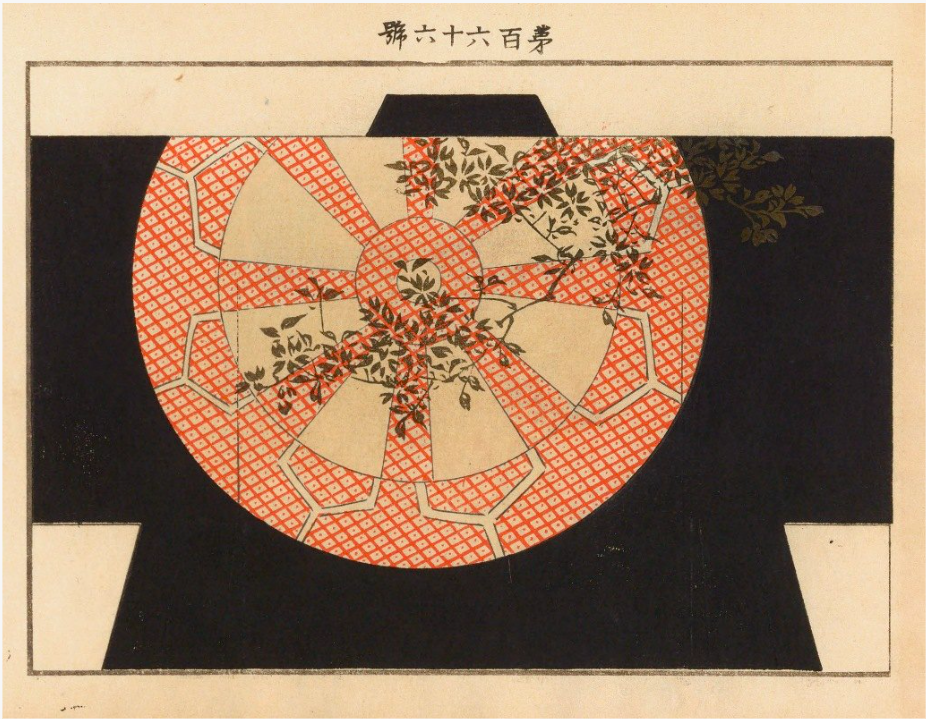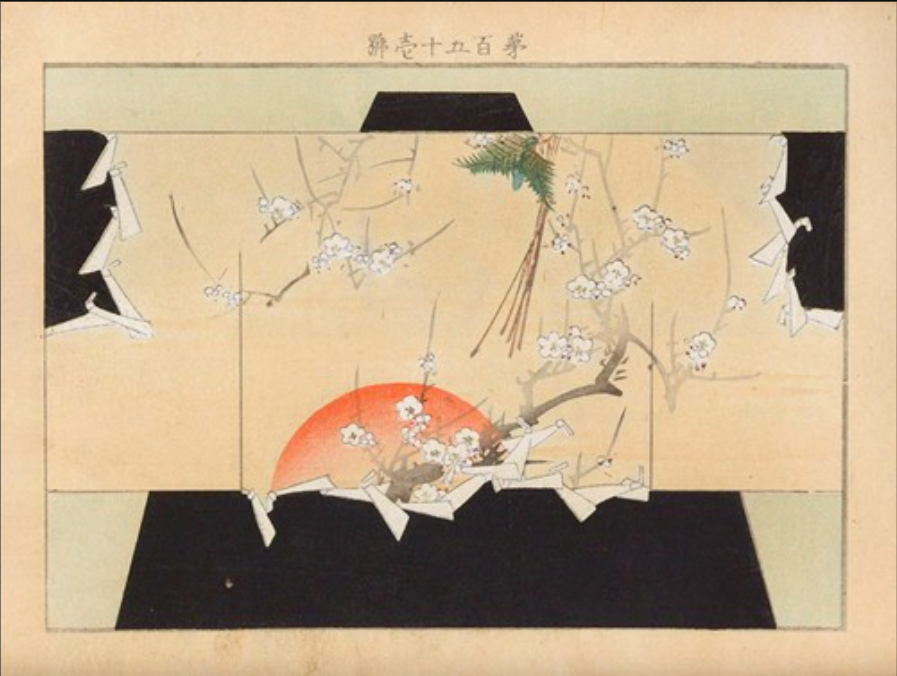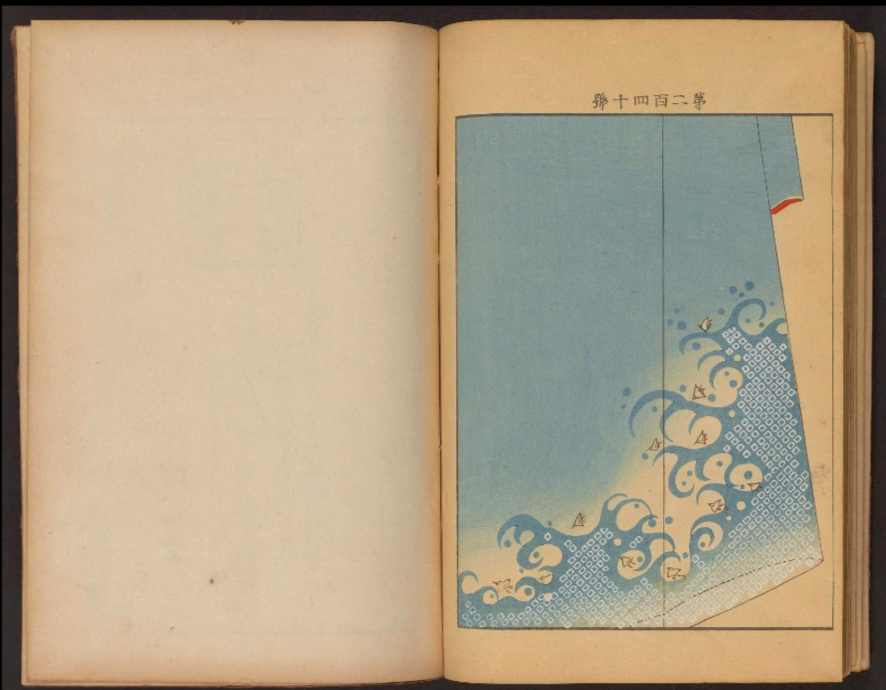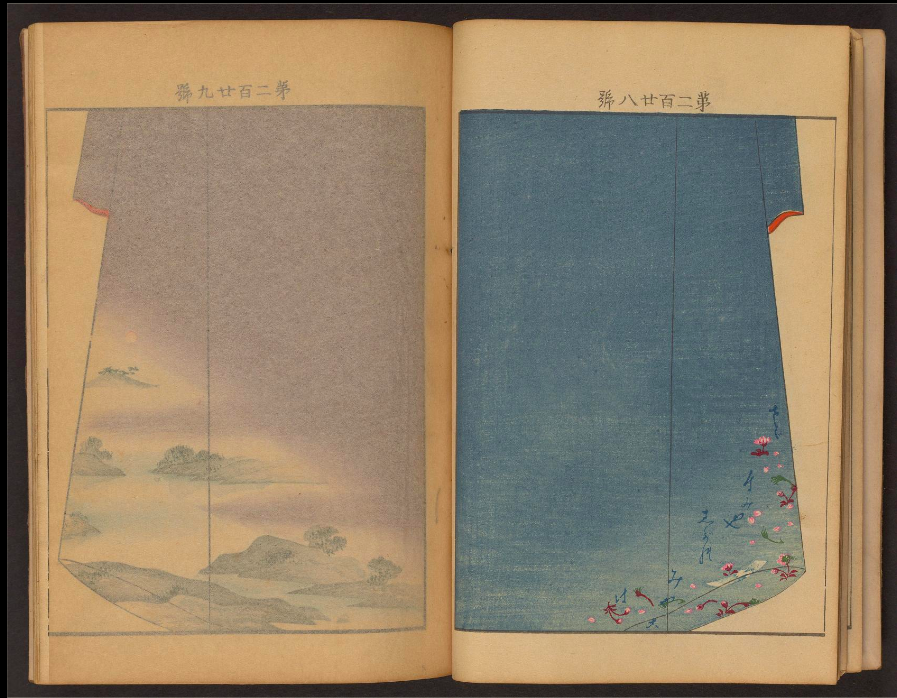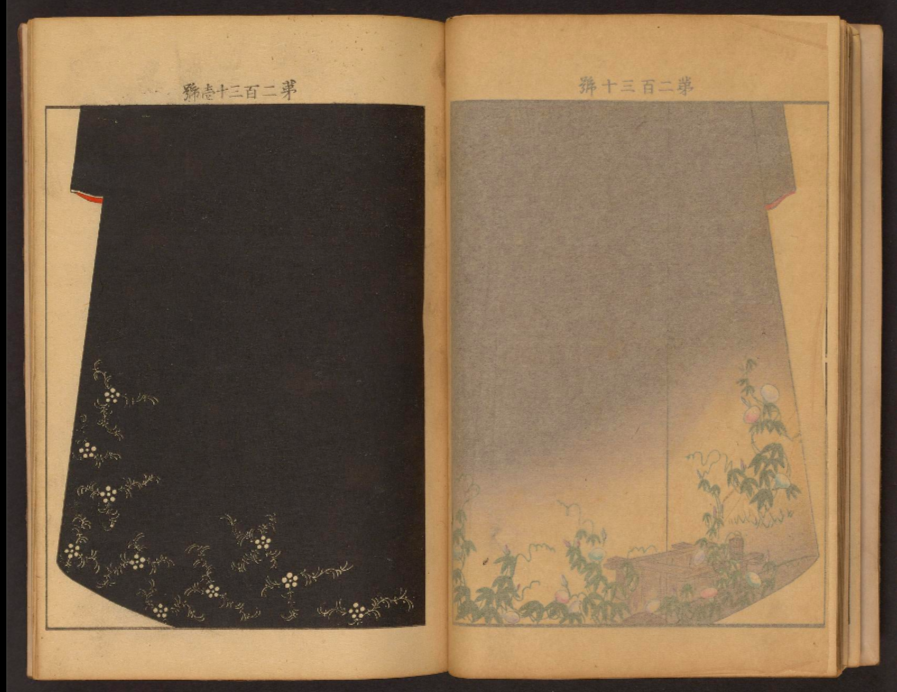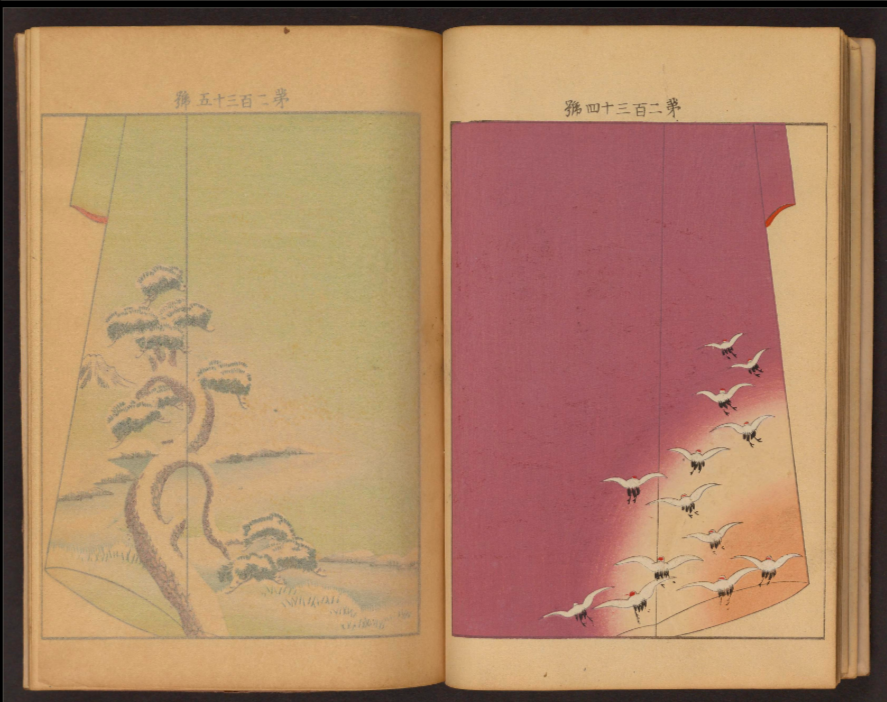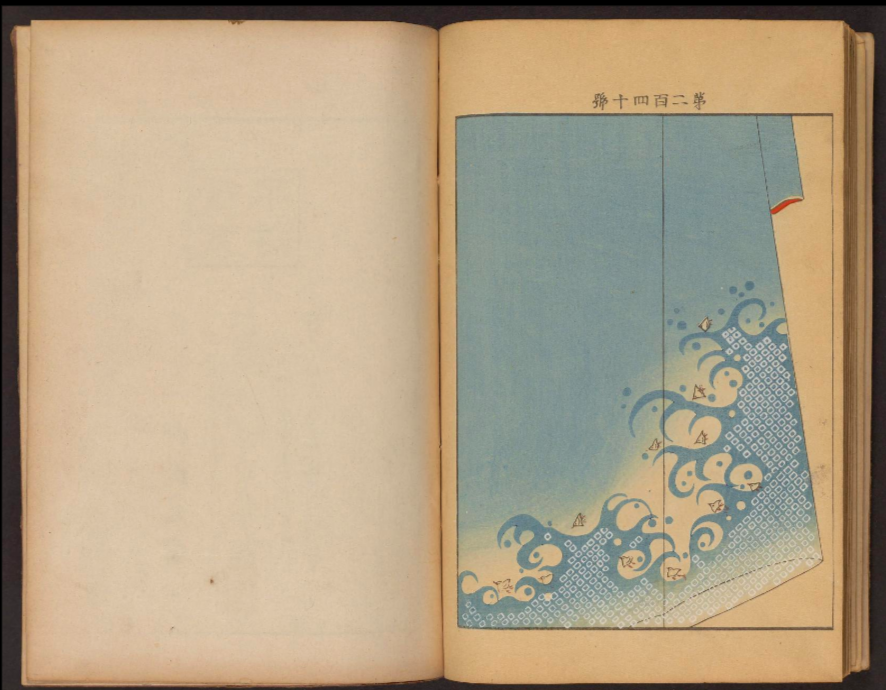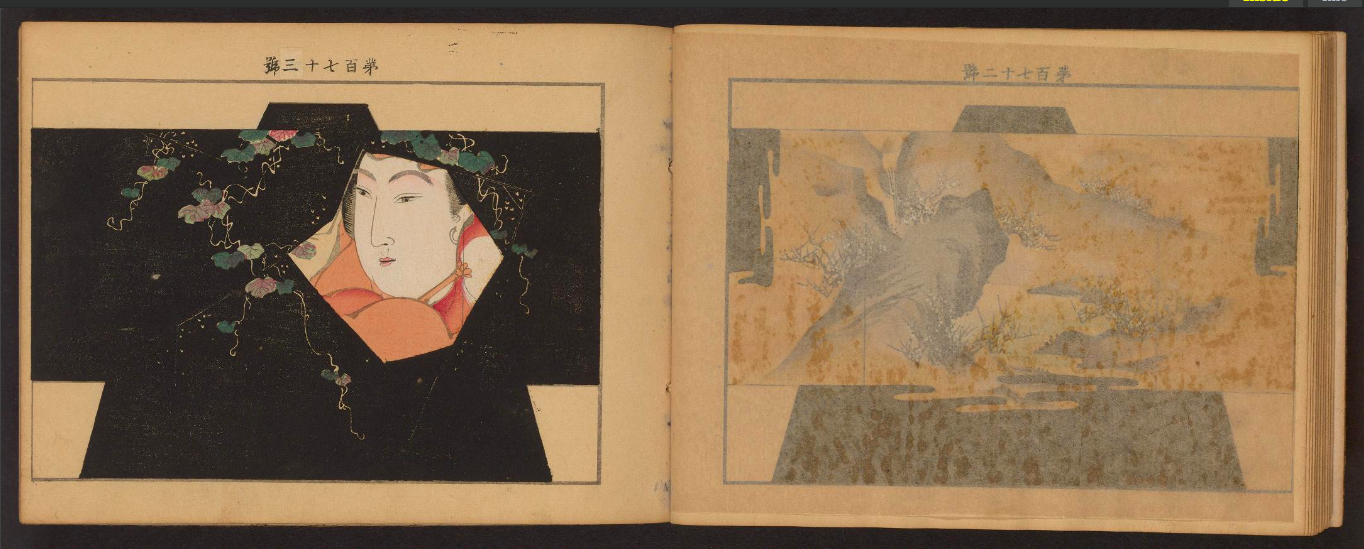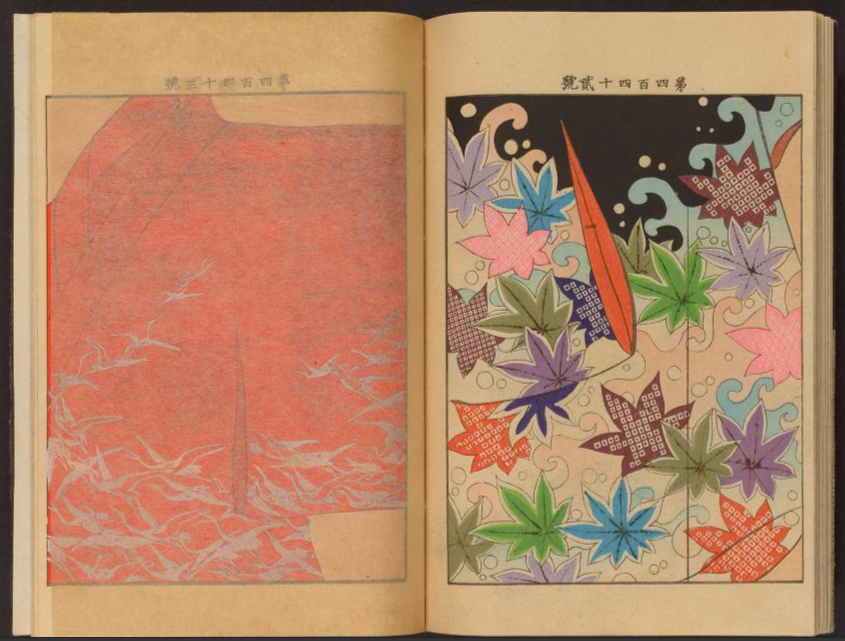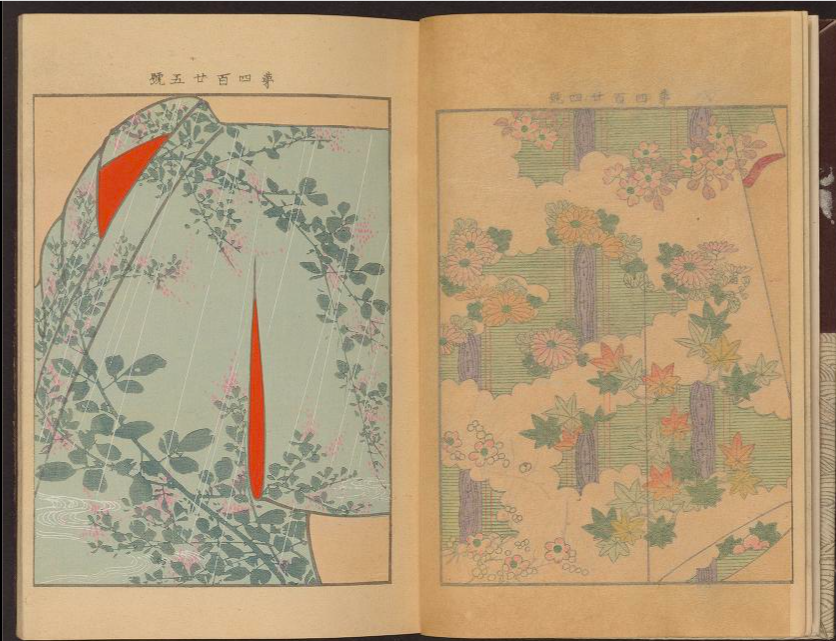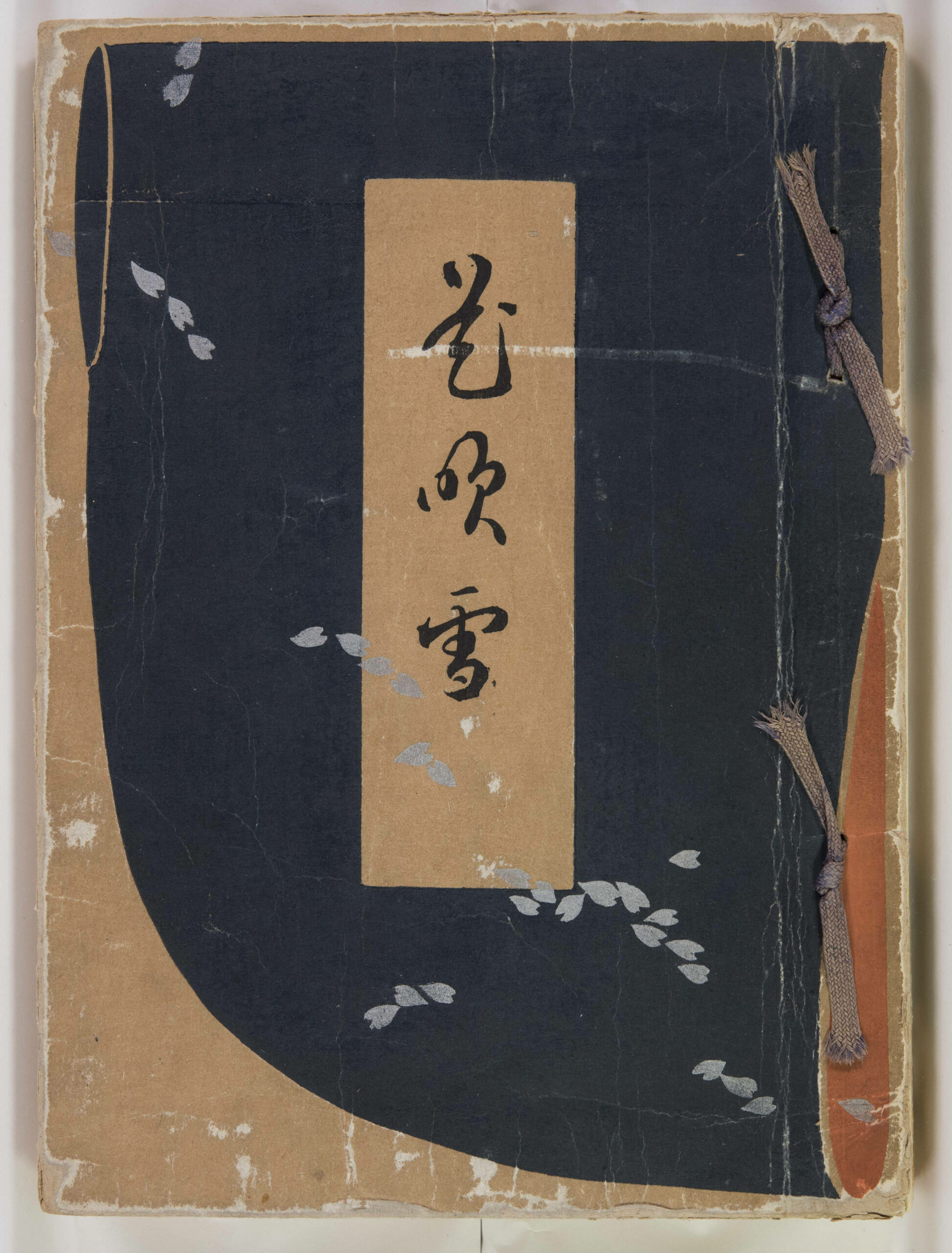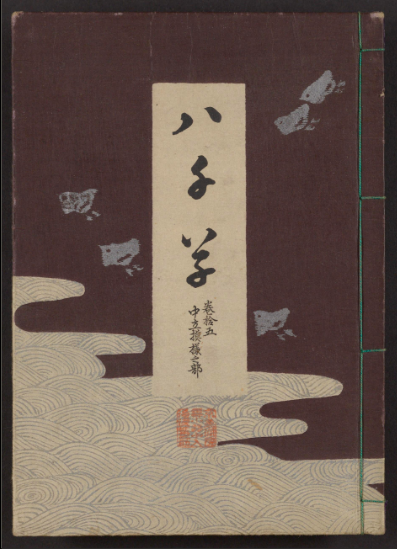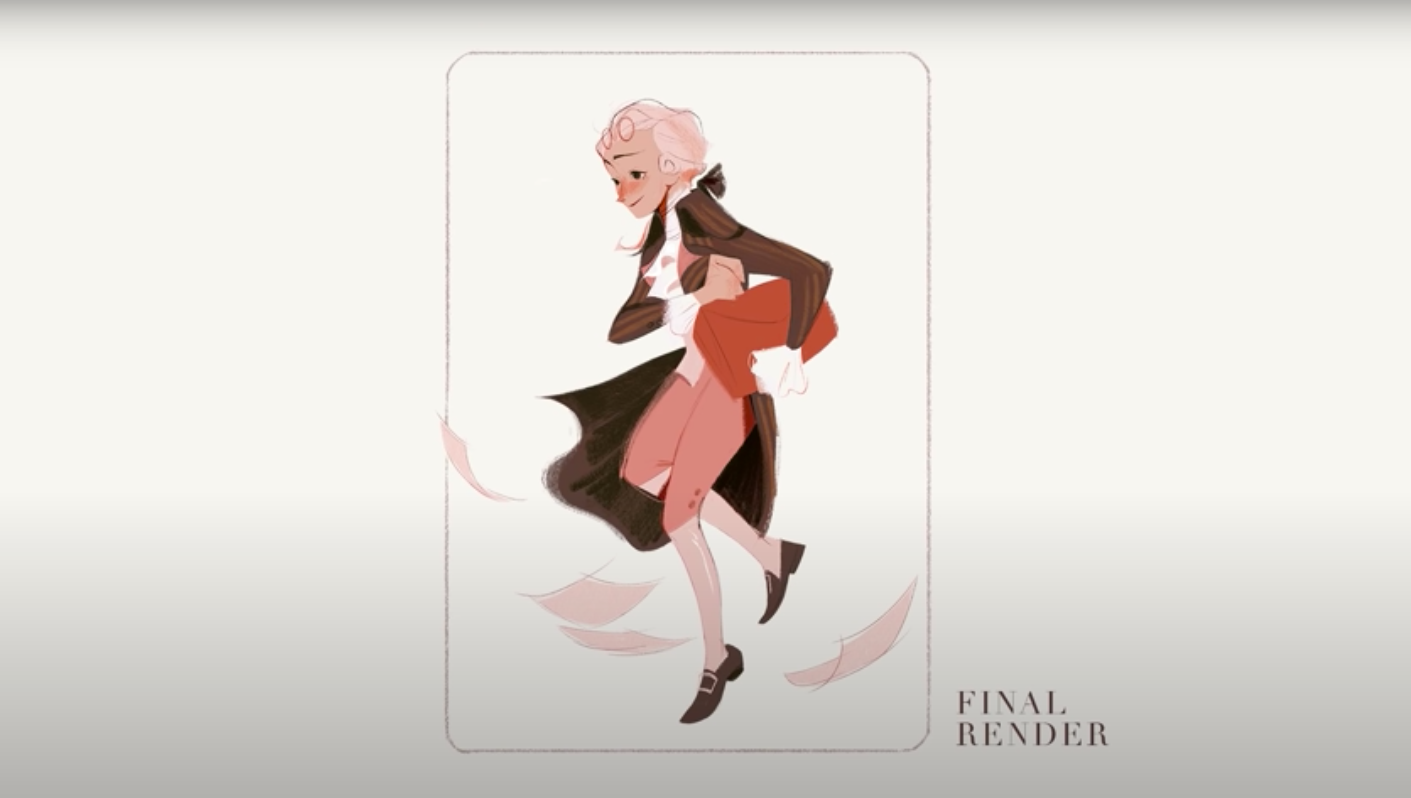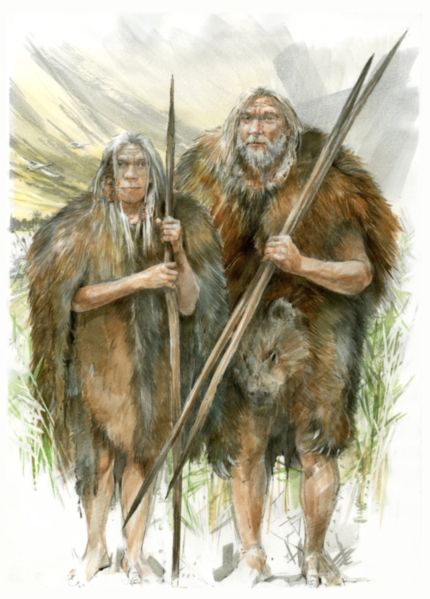
We have, above, a pair of socks. You can tell that much by looking at them, of course, but what’s less obvious at a glance is their age: this pair dates back to 250–420 AD, and were excavated in Egypt at the end of the nineteenth century. That information comes from the site of the Victoria and Albert Museum, where you can learn more about not just these Egyptian socks but the distinctive, now-vanished technique used to make socks in Egypt at the time: “nålbindning, sometimes called knotless netting or single needle knitting — a technique closer to sewing than knitting,” which, as we know it, wouldn’t emerge until the eleventh century in Islamic Egypt. The technique still remains in use today.
Time consuming and skill-intensive, nålbindning produced especially close-fitting garments, and “fit is of particular importance in a cold climate but also for protecting feet clothed in sandals only.” And yes, it seems that socks like these were indeed worn with sandals, a function indicated by their split-toe construction.
A few years ago, we featured archaeological research here on Open Culture pointing to the ancient Romans as the first sock-and-sandal wearers in human history. These particular socks were also made in the time of the Roman Empire, though they were unearthed at its far reaches, from “the burial grounds of ancient Oxyrhynchus, a Greek colony on the Nile.”
As Smithsonian.com’s Emily Spivack writes, “We don’t know for sure whether these socks were for everyday use, worn with a pair of sandals to do the ancient Egyptian equivalent of running errands or heading to work — or if they were used as ceremonial offerings to the dead (they were found by burial grounds, after all).” But the fact that their appearance is so striking to us today, at least sixteen centuries later, reminds us that we aren’t as familiar as we think with the world that produced them. And if, to our modern eyes, they even look a bit goofy — though less goofy than they would if worn properly, along with a pair of sandals — we should remember the painstaking method with which they must have been crafted, as well as the way they constitute a thread, as it were, through the history of western civilization.
Related content:
An Ancient Egyptian Homework Assignment from 1800 Years Ago: Some Things Are Truly Timeless
3,200-Year-Old Egyptian Tablet Records Excuses for Why People Missed Work: “The Scorpion Bit Him,” “Brewing Beer” & More
Based in Seoul, Colin Marshall writes and broadcasts on cities, language, and culture. His projects include the Substack newsletter Books on Cities, the book The Stateless City: a Walk through 21st-Century Los Angeles and the video series The City in Cinema. Follow him on Twitter at @colinmarshall or on Facebook.
